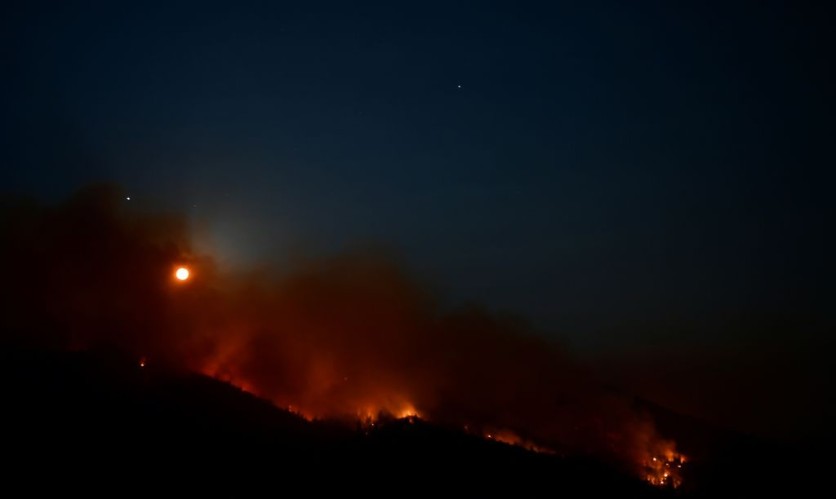A huge volcanic eruption just sprang from Jupiter's moon Io in the Fall of 2022, which was observed through the Io Input/Output observatory (IoIO) by Jeff Morgenthaler of the Planetary Science Institute (PSI), reported first by Space.com.

Solar System's Most Volcanic Body
Io, one of Jupiter's biggest moons, is known as the most volcanic body in the solar system due to its severe environments and annual volcanic eruptions brought on by the enormous gravitational pull of its parent planet.
The IoIO, which is run by PSI and is situated close to Benson, Arizona, has been keeping track of Io's volcanic activity since 2017.
The equipment is capable of imaging faint gases close to the gas giant by employing a coronagraphic approach that reduces the light coming from Jupiter.
Hence, Morgenthaler was able to see the brightening of sodium in a nebula that surrounded Jupiter, which started between July and September 2022 and concluded only last month.
The Io plasma torus, a donut-shaped structure made of ionized sulfur that envelops Jupiter, also became brighter in the fall of 2022, although it was not as noticeable as the Io plasma torus's prior outbursts' brightening.
Morgenthaler said in a statement: "This could be telling us something about the composition of the volcanic activity that produced the outburst or it could be telling us that the torus is more efficient at ridding itself of material when more material is thrown into it."
Read Also : A Deep Hydrothermal Vent in the Arctic Ocean Could Aid Scientists in Searching for Extraterrestrial Life
Juno's December 2023 Flyby
The NASA Juno mission, which has been exploring Jupiter since 2016, could continue the IoIO measurements. Juno will conduct a near flyby of the Jovian moon in December 2023.
Space.com notes that Juno could inform scientists about whether the Fall 2022 volcanic eruption differed chemically from previous Io eruptions.
Morgenthaler hopes that more IoIO variants will be operational worldwide before Juno can get close enough for such an examination.
Morgenthaler said that one of the fascinating aspects of these findings is that practically any amateur astronomer or student may replicate them. He added that high-end camera or telescope stores should have almost all the components needed to make IoIO.
These extra IoIO replicas spread across the world could aid scientists in continuing to observe the Jovian moon from Earth during breaks caused by poor weather.
Additionally, more IoIO units might give observers a longer time to cover Jupiter's sodium nebula and Io plasma torus.
Along with researching Jupiter and the elements that orbit it, IoIO is also keeping an eye on Mercury's sodium tail and exoplanets as they pass in front of their stars.
Related Article : Researchers Developed an Alternative Solar System, Found Moving Jupiter's Orbit the Key to More Habitable Earth

ⓒ 2025 TECHTIMES.com All rights reserved. Do not reproduce without permission.




